Featured Photographer: Wendy Constantine – “Reverie”
Daydream
In the quiet serenity of Wendy Constantine's world, trees stand as silent witnesses to a life shaped by the gentle dance between nature and art. As the director of product design at Pearson, and residing near Boulder, Colorado, Constantine's artistic journey has been a winding path, meandering through childhood memories, academic pursuits, and a profound connection with the tactile allure of analog processes. Through her body of work, particularly the captivating series Reverie, Constantine invites viewers into a dreamlike realm where the intersection of analog and digital, intention and spontaneity, gives birth to images that whisper rather than shout.
Constantine's roots delve deep into her childhood, where a converted chicken coop served as the cradle of her existence just outside Baltimore, Maryland. The journey continued to the Bay Area, where redwoods and cypress trees left an indelible mark on her soul. The image of wide trunks, windblown branches, and the filtered sunlight through leaves became the palette of her earliest memories. This love for trees became an enduring theme, shaping her worldview and finding expression in her art.
The pivotal moment, however, occurred during her college years at UCLA in the late 80s and early 90s. The threat of the art department's elimination sparked a rebellious act – climbing a tree in protest and drawing from its branches. This act, a defiance etched in memory, marked the genesis of Constantine's journey into the realm of visual expression. Her college years also introduced her to the art of photography, armed with an old 35mm film camera gifted by her father. This humble tool initiated her into the discipline of shooting with intention, a theme that would echo through her later work.
Frozen
Post-graduation, her relocation to Boston for museum studies at Harvard took an unexpected turn, steering her towards a career as a user experience designer. Today, nestled near the picturesque landscapes of Boulder, Constantine finds herself surrounded by the darkroom studio of her dreams, seamlessly blending her professional life with her artistic pursuits.
In exploring Constantine's artistic evolution, one encounters the fusion of analog and alternative processes that define her distinctive style. At UCLA, the conceptual orientation of the photography department encouraged her to play in the darkroom. Early experiments included painting on developers, creating paper negatives, and exposing prints through plastic wrap and sugar. The line between reality and imagination blurred, setting the stage for her affinity for printmaking processes.
The turning point came in the early 2000s when Constantine laid hands on Christopher James' book on alternative processes. This marked the moment she declared, "now I know what I want to be when I grow up!" Her exploration embraced gum printing, cyanotypes, salt printing, and photogravure. Mentors like Susan Burnstine, Jeanne Wells, Ray Bidegain, and Jackie Webster played pivotal roles in shaping her practice, providing guidance on projects like Reverie.
Space Between
Constantine's images, whether captured through her old film cameras or modern digital tools like the FujiFilm GFX series cameras, embody a deliberate, contemplative approach. Long exposures, stopped down to f/32, and unique cropping choices contribute to the ethereal quality of her work. The images, processed with a mix of chemistry and hands-on techniques, defy the hyper-digital world she navigates professionally.
Her dedication to analog processes extends to the printing stage, where the tactile experience of mixing chemicals and working with inks becomes a sanctuary from the digital chaos. Gilding, especially on delicate surfaces like vellum, adds an extra layer of preciousness to some images. Constantine's work, often residing in the mid-tones, radiates calmness and dreamy quietude, a testament to her desire for subtlety over spectacle.
In Constantine's world, each photograph is a delicate balance between planned composition and spontaneous revelation. Drawing from her design background, she navigates seamlessly between the analytical mindset required for planning and the poetic expression nurtured in the spontaneity of the moment. Constantine acknowledges the duality of her creative spaces – a wet studio for artistic experimentation and a dry studio for the precision of design projects.
Her process involves scouting for images during walks with her dog, revisiting familiar places, and constantly seeking new perspectives. The creek, the abandoned objects, the lean-to forts built by children – these elements become her muses. Trees, a recurring motif, transform into bridges or break like wishbones in the frame. Constantine's lens captures the subtle changes in familiar places, breathing fresh life into the seemingly mundane.
As Constantine stands at the crossroads of her artistic journey, she contemplates the future with a palette rich in experimentation. Two projects, in particular, capture her focus. The first involves albumen on glass, creating opalotypes or orotones of images from a local historic farm. The second project explores photogravures of abandoned buildings and the landscapes they inhabit, emphasizing the role of trees and incorporating botanical and mineral pigments for natural color.
Through these projects, Constantine continues her dialogue with the natural world, weaving dreams and decay into a tapestry of visual poetry. Trees, her silent companions, stand tall, bridging the past and the future in a world where her art invites us to slow down, dream, and appreciate the quiet beauty that resides in the interplay of light and shadow, analog and digital, purpose and serendipity.
GALLERY
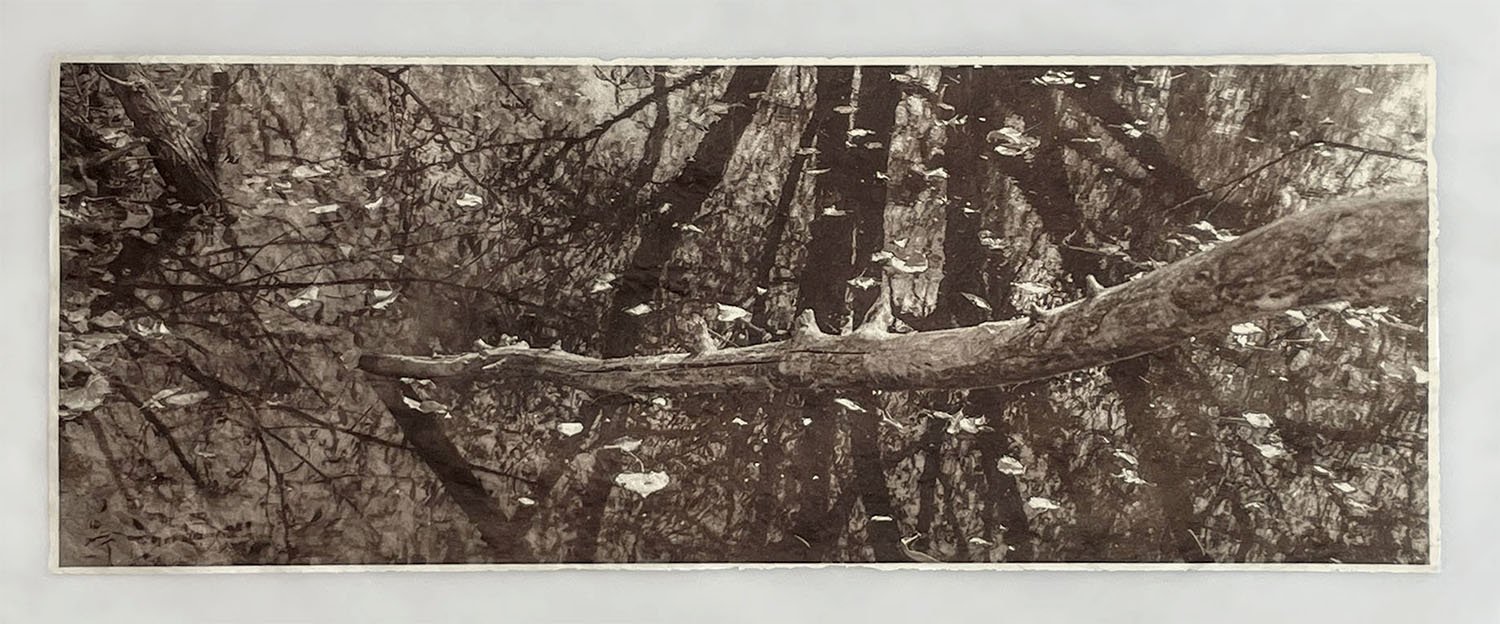
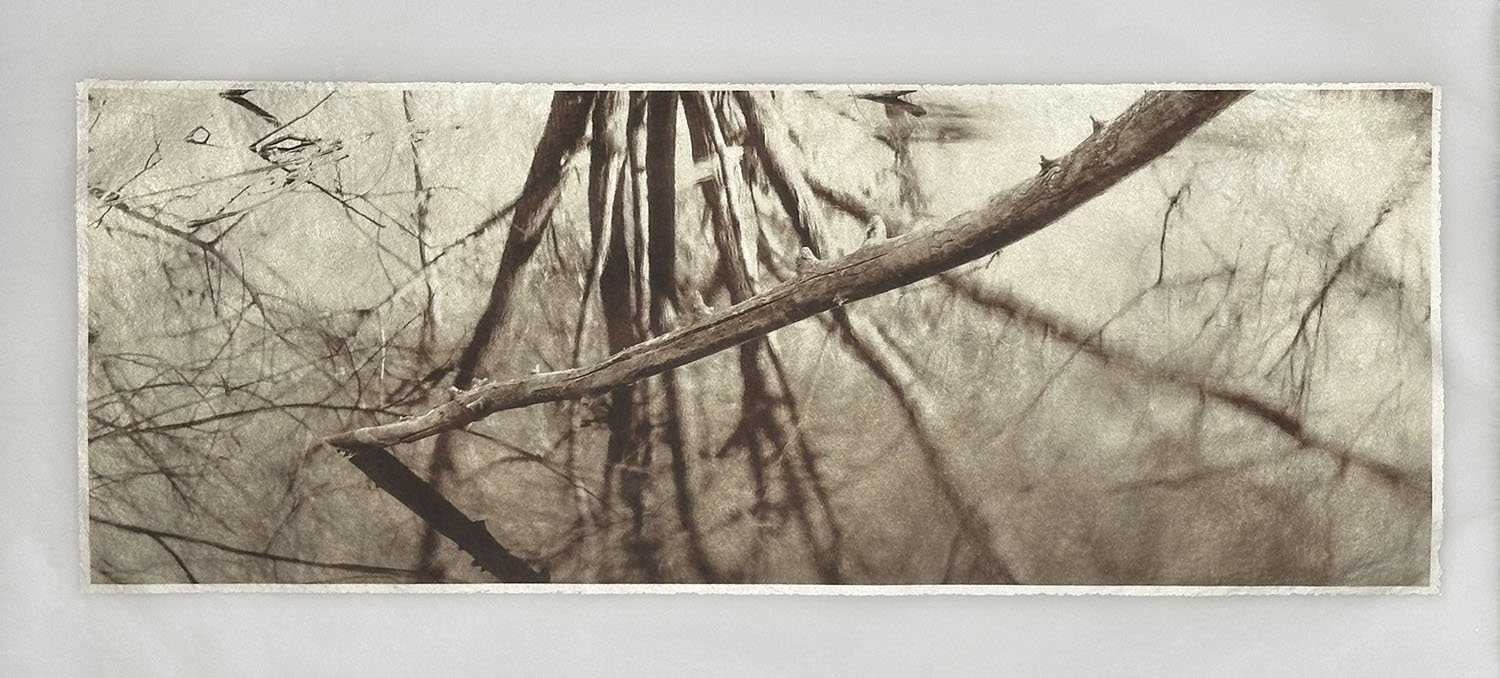
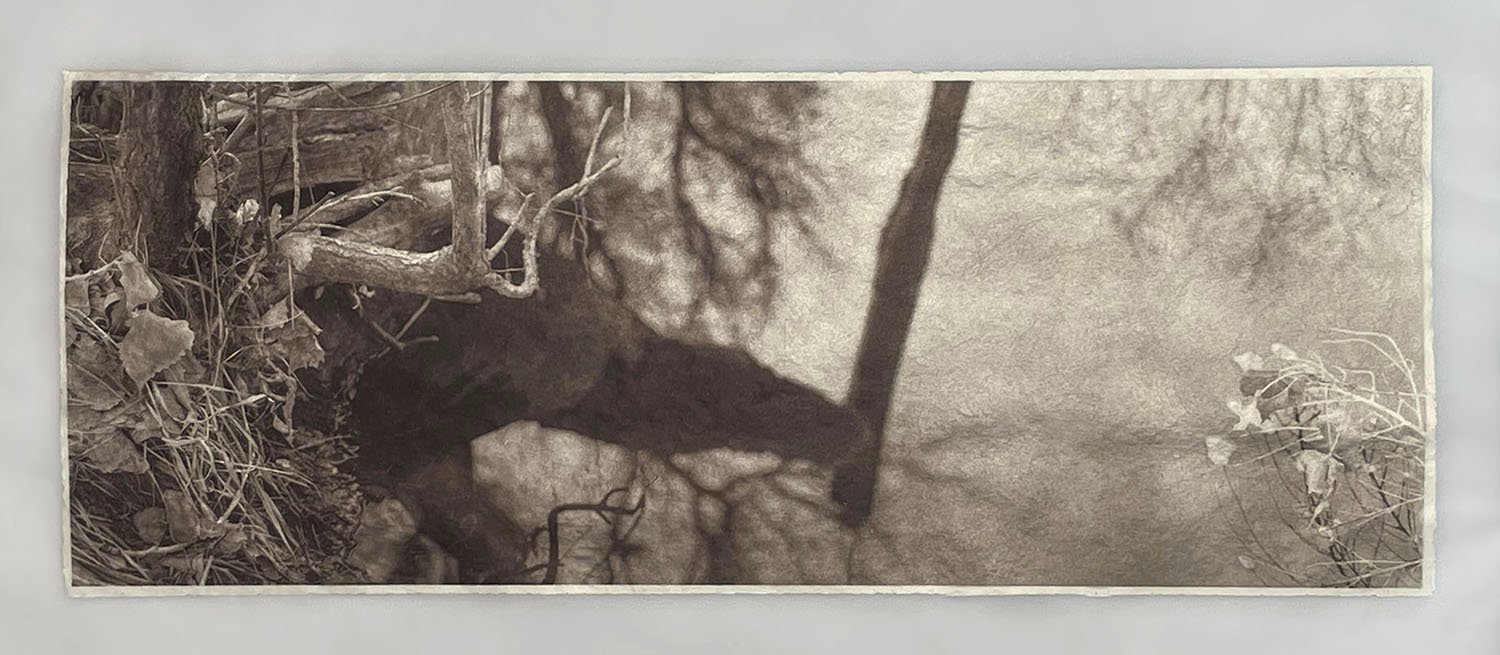
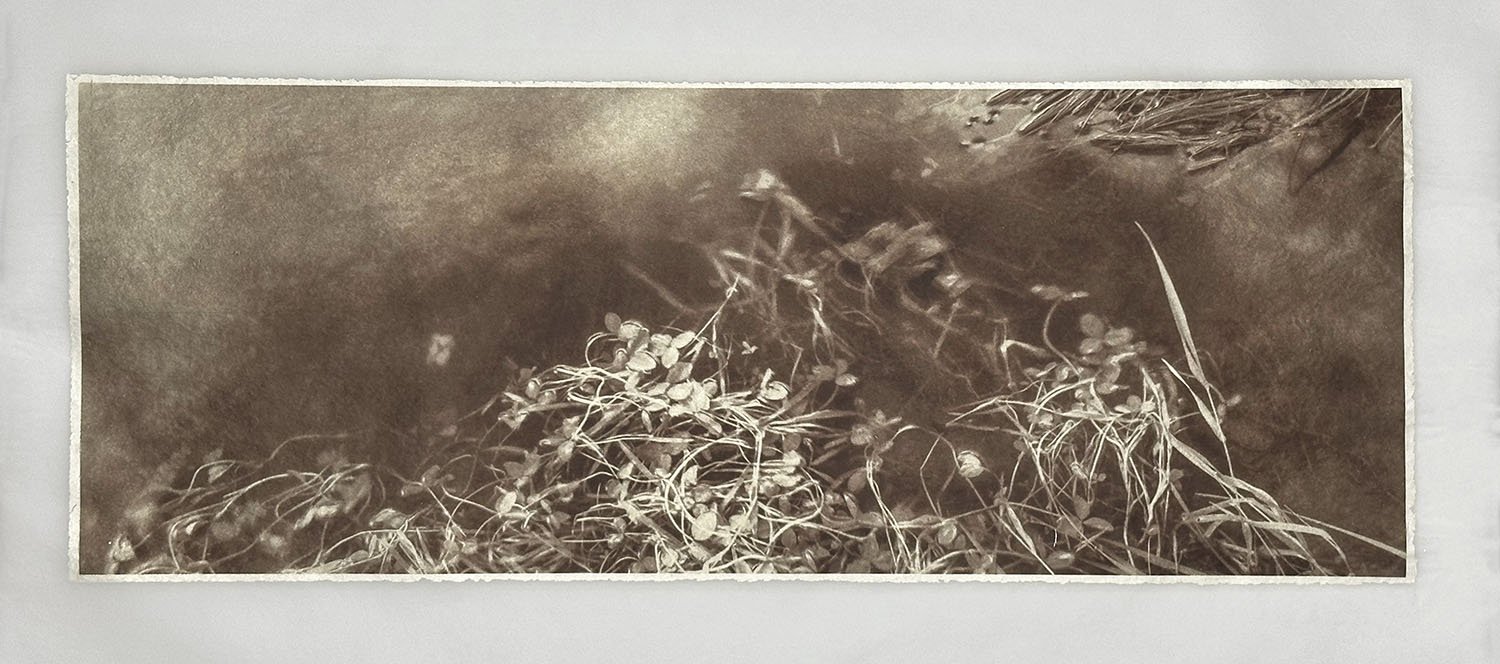
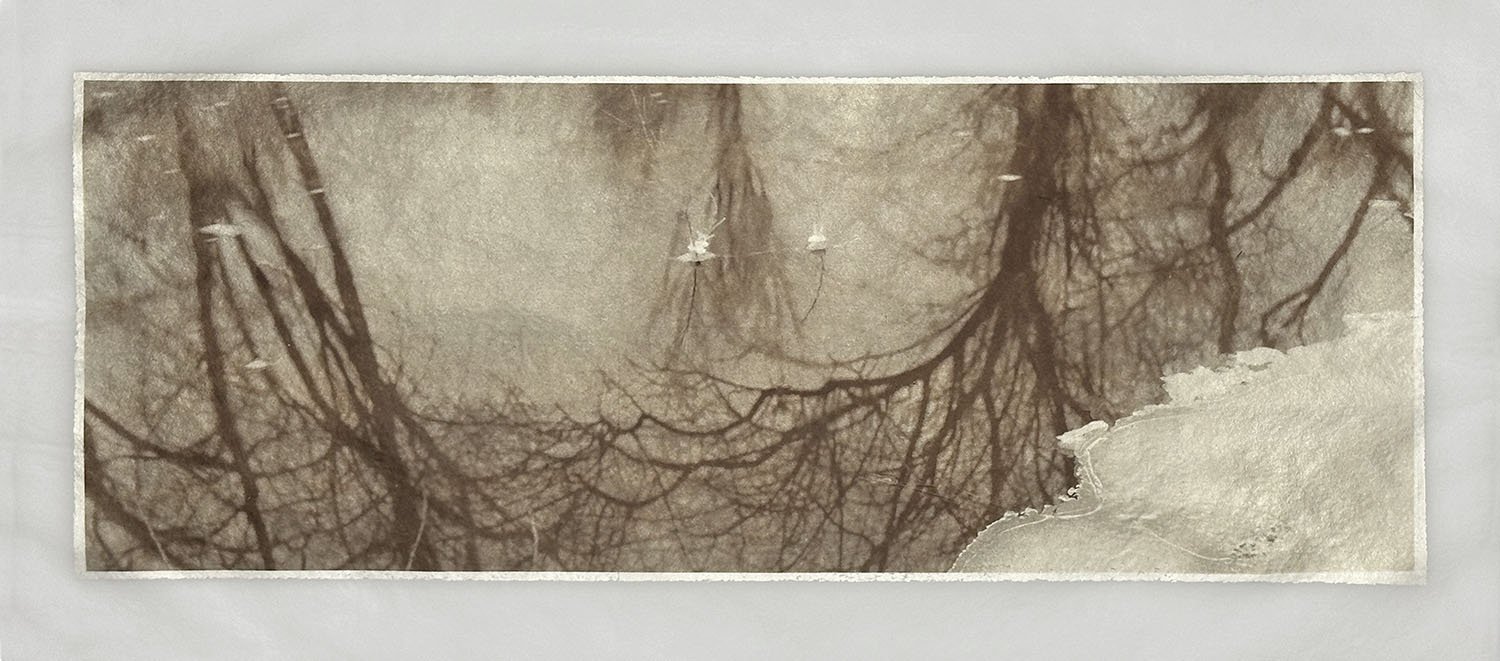
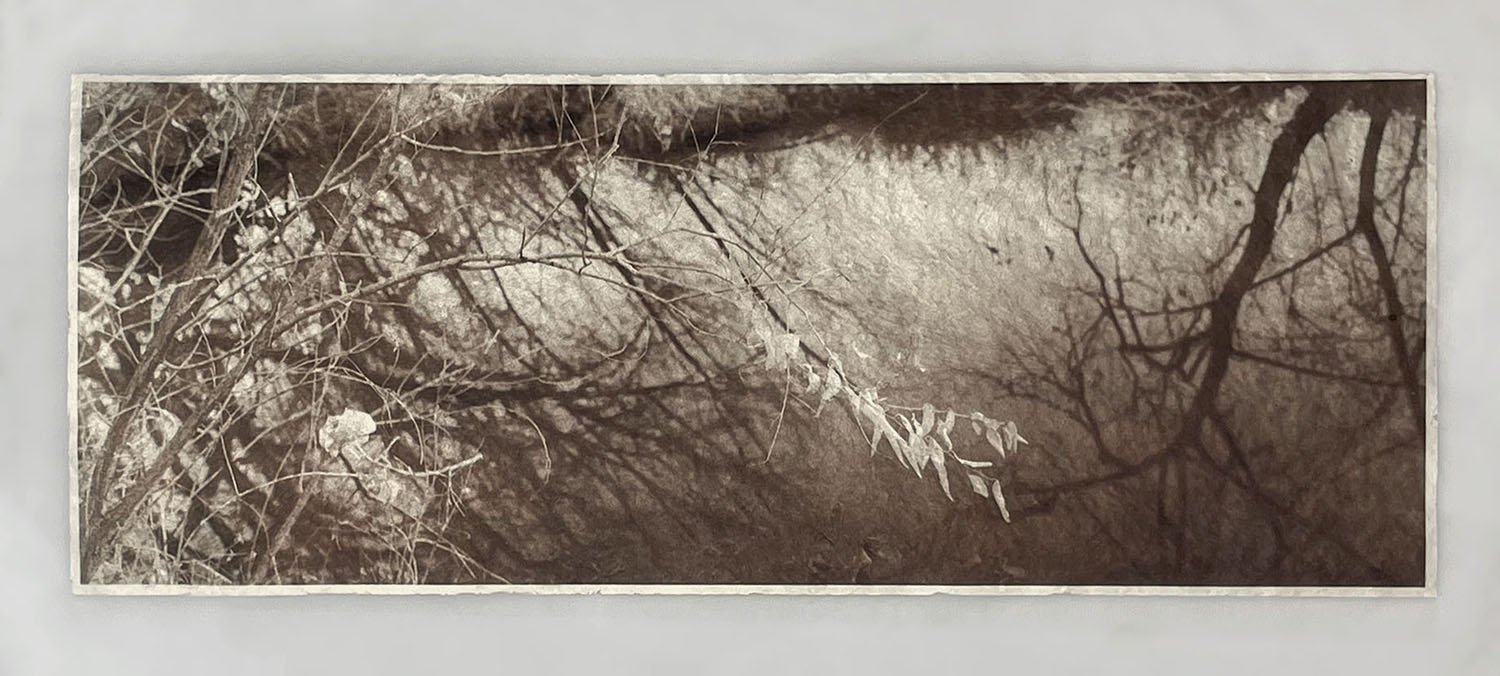
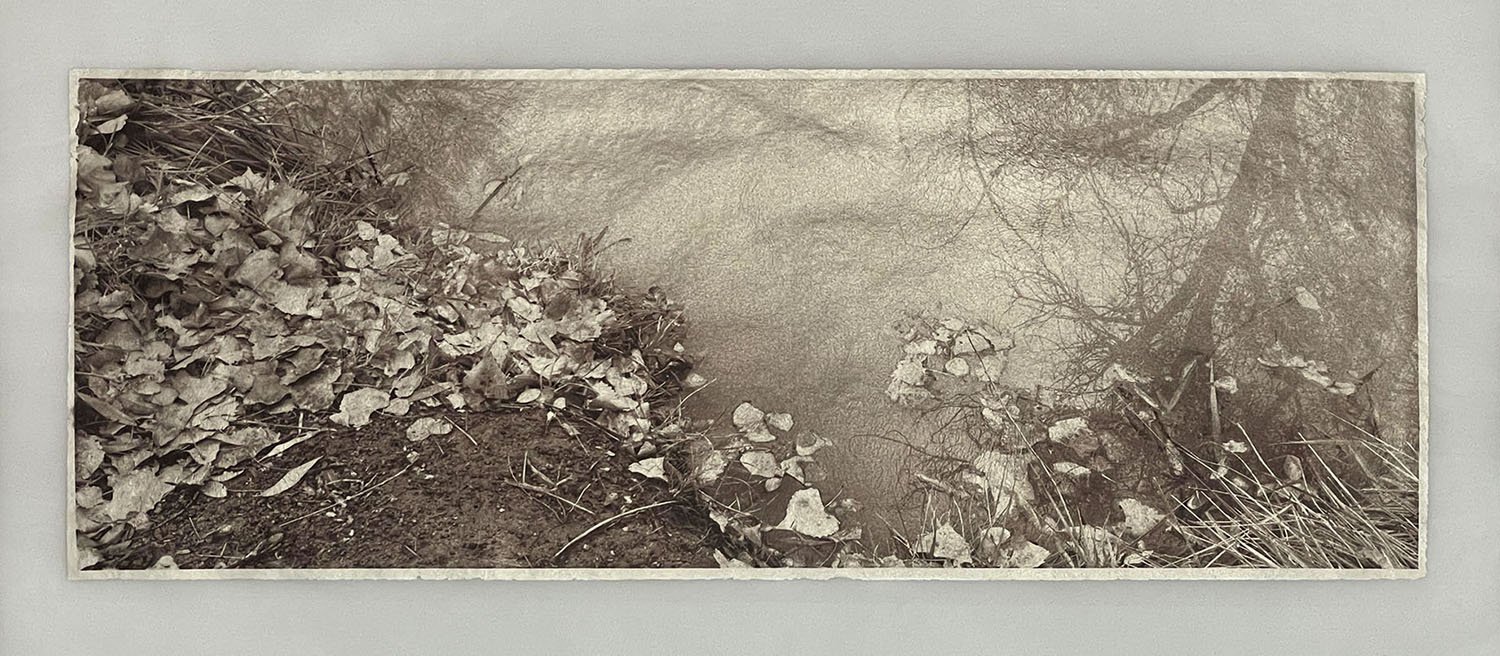
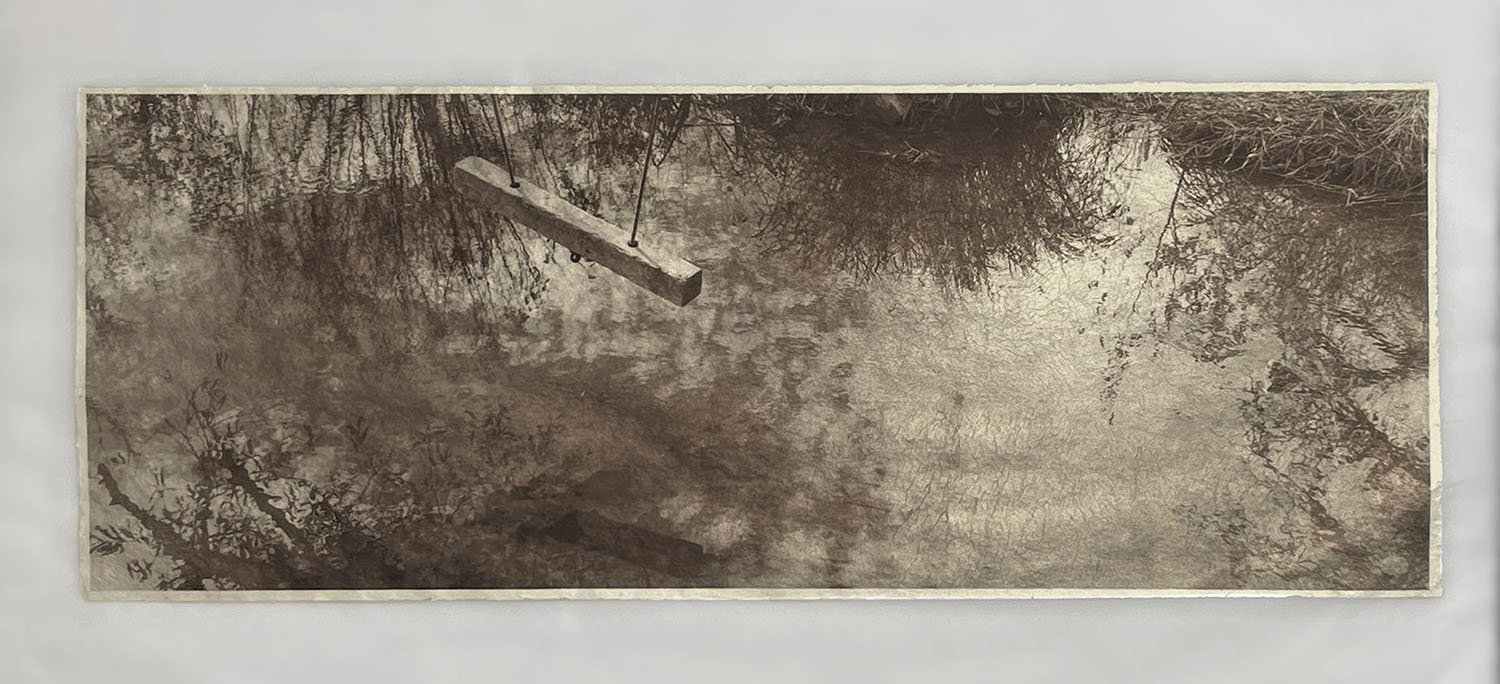
ABOUT THE ARTIST
Wendy Constantine is a fine art photographer, printmaker and designer based in Broomfield, Colorado. Her work examines our spiritual connection to the natural world and man-made landscapes, finding beauty in both the fragility of life and the resilience of the human spirit. Her vision is influenced by the aesthetics of early modern photography, especially the poetic intimacy of Josef Sudek and Margrethe Mather in addition to Sally Mann, Frank Gohlke and Keith Carter. She has a big love for 19th century analog processes including photogravure, salted paper, and gum bichromate.
Her passion for handmade photography and printmaking grew out of a bachelor degree in studio arts from UCLA, followed by a masters in museum studies at Harvard. She has a background in graphic and experience design, and today she is a product design director for a major educational publisher. Her artwork has been frequently published and exhibited in galleries across the United States.
ABOUT THE AUTHOR
Michael Kirchoff is a photographic artist, independent curator and juror, and advocate for the photographic arts. He has been a juror for Photolucida’s Critical Mass, and has reviewed portfolios for several fine art photographic organizations and non-profits in the U.S. and abroad. Michael has been a contributing writer for Lenscratch, Light Leaked, and Don’t Take Pictures magazine. In addition, he spent ten years (2006-2016) on the Board of the American Photographic Artists in Los Angeles (APA/LA), producing artist lectures, as well as business and inspirational events for the community. Currently, he is Editor-in-Chief at Analog Forever Magazine, Founding Editor for the photographer interview site, Catalyst: Interviews, Contributing Editor at One Twelve Publishing, and the Co-Host of The Diffusion Tapes podcast.
Connect with Michael Kirchoff on his Website and Instagram!

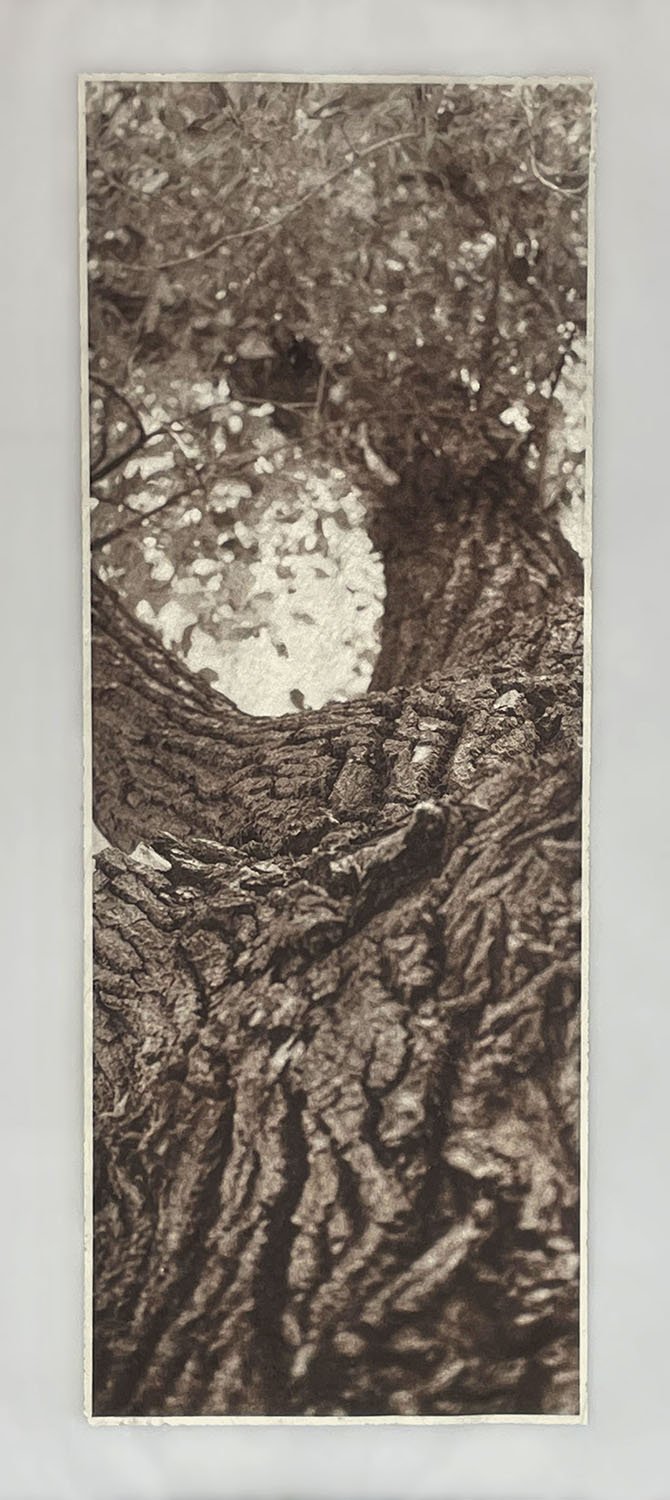
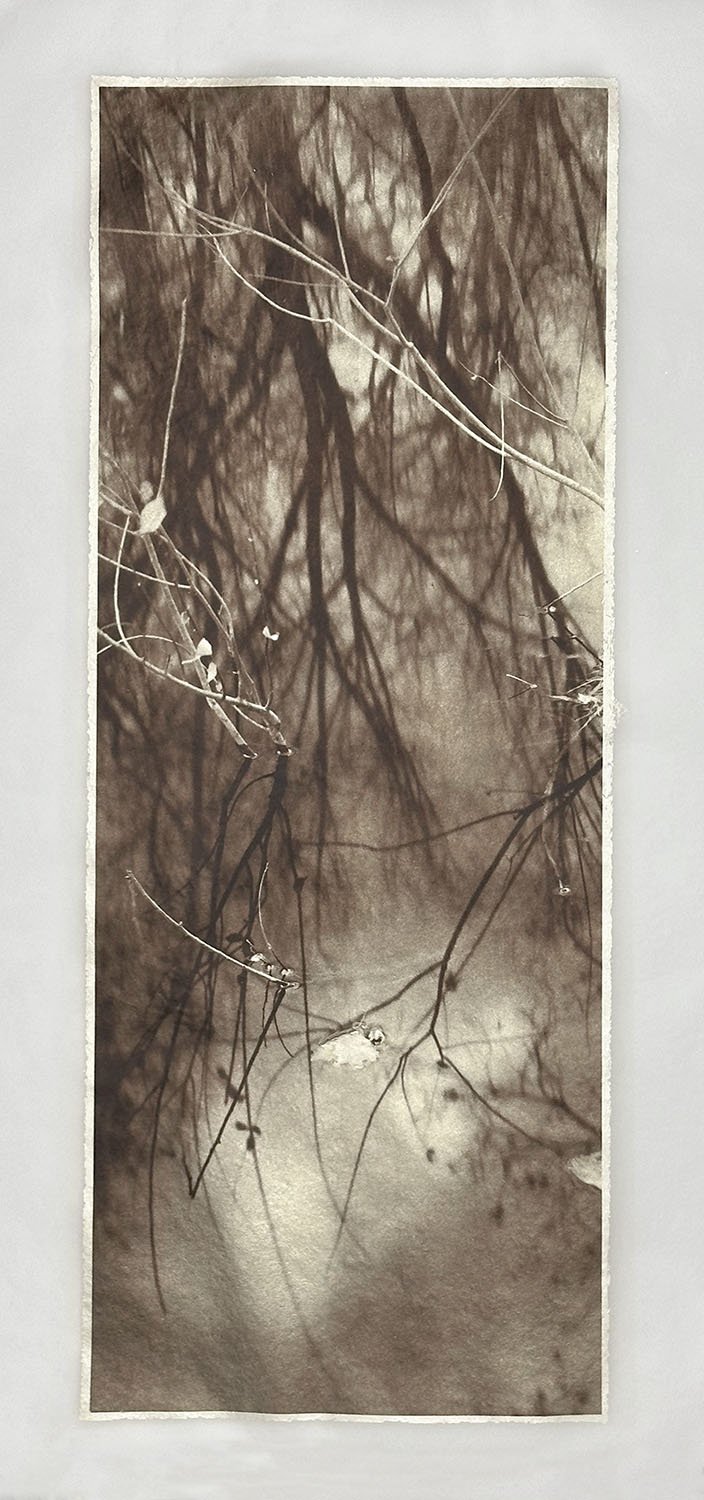
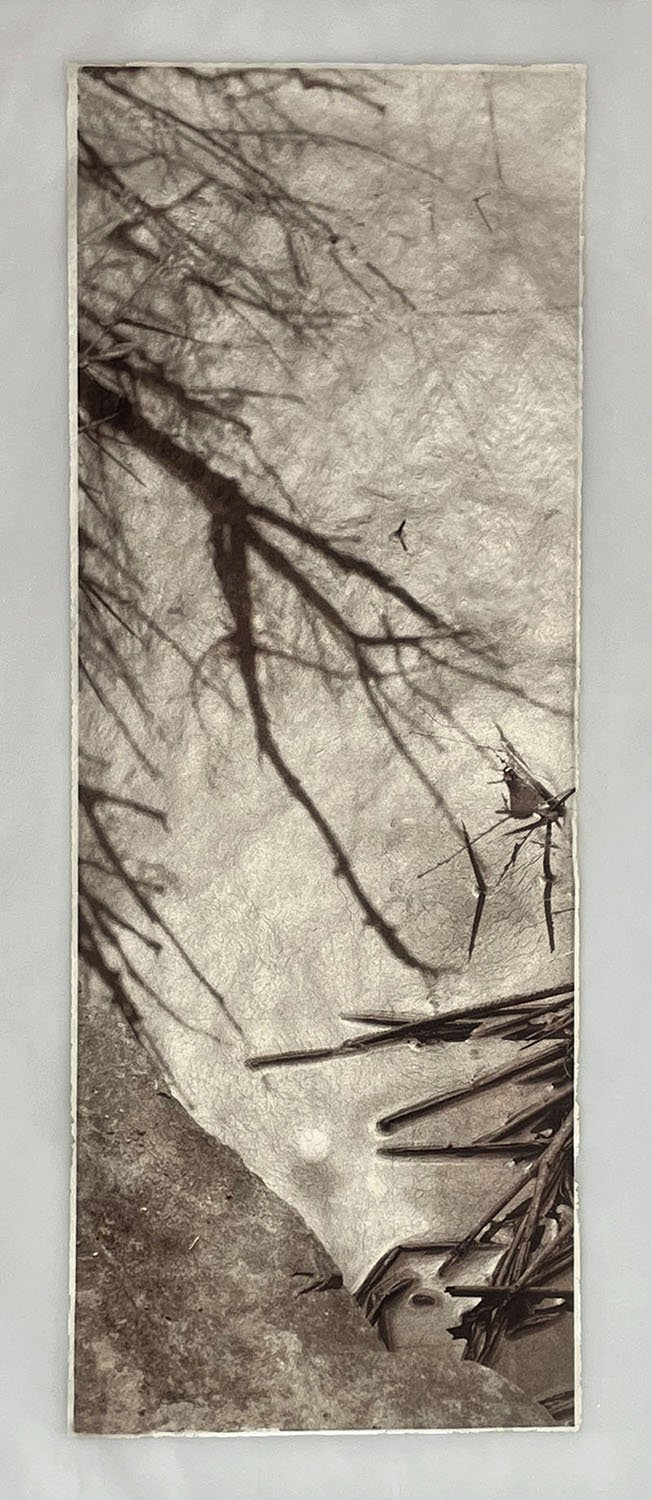









Shadow Gather’s photos unveil nightlife’s raw, electric energy as spaces of defiant authenticity. Her Meow Wolf exhibition elevates marginalized stories, embracing imperfections as vital truths. Each image is a protest against sanitization, celebrating unguarded moments of liberation.